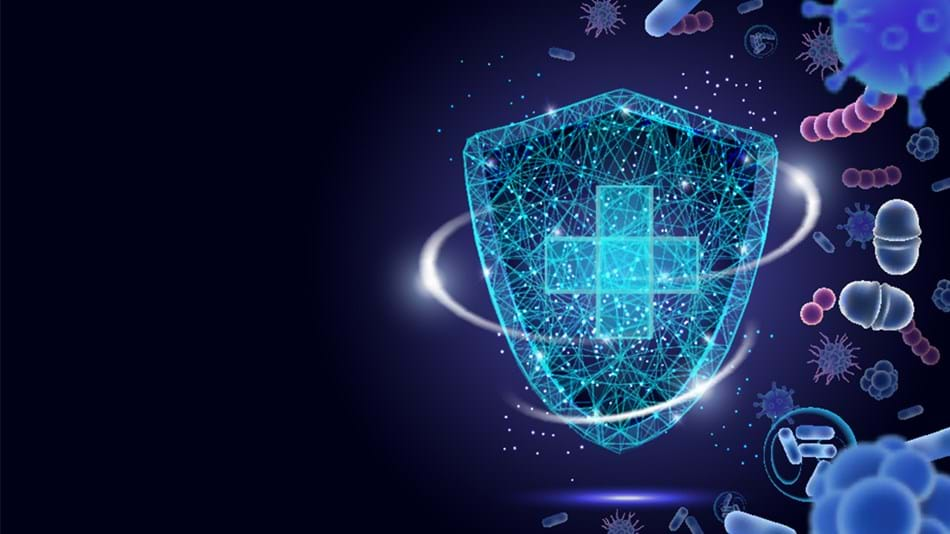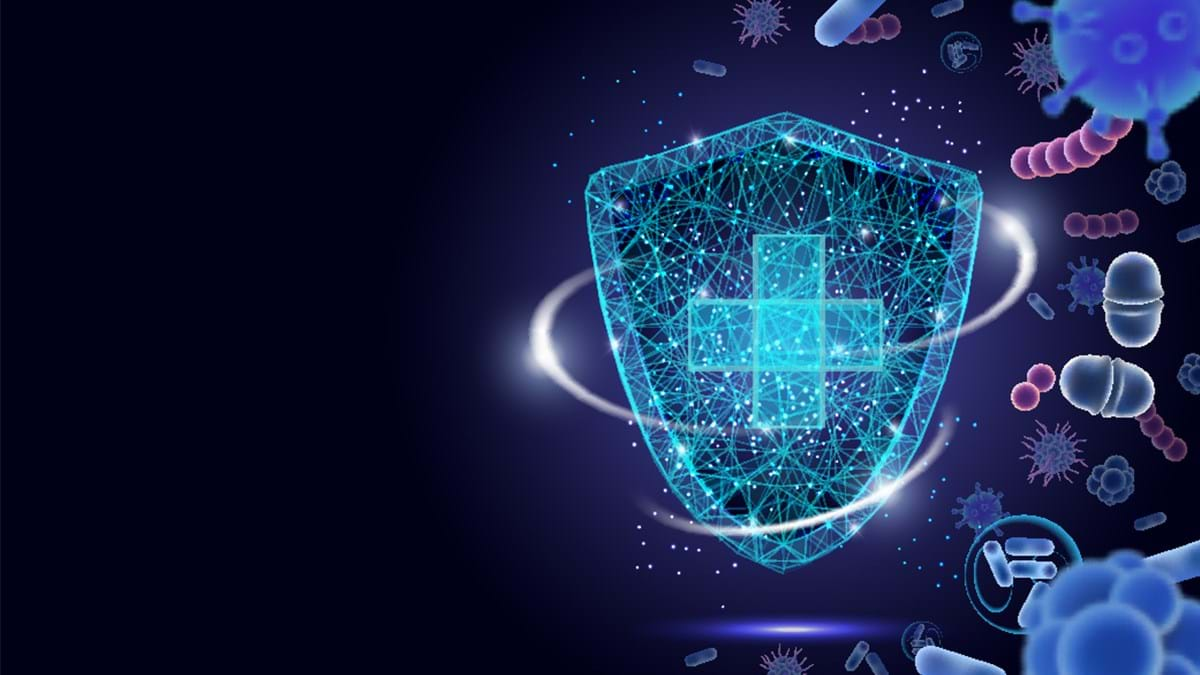First of all, what is a biothreat? According to the U.S. National Institute of Allergy and Infectious Diseases (NIAID), a biothreat is a threat posed by a biological agent, which may be a bacteria, fungus, viral pathogen, or toxin produced by one of various organisms. NIAID classifies infectious disease agents into three categories (A, B, C) based on their level of risk. Category A pathogens are those that represent the highest risk to national security and public health (e.g., anthrax, bubonic plague, ricin, typhus, Ebola). Category B and C pathogens are those that represent a lesser or lower-priority risk (e.g. shigella, brucellosis, coxiellosis).
Despite the fact that the overwhelming majority of the world’s countries have ratified the 1975 Biological and Toxin Weapons Convention (BTWC), biological attacks remain a threat. Terrorist organizations can still use biological agents. And there is always the possibility that a signatory nation to the convention could renege on its commitments—another potential danger. That’s why the ability to rapidly detect potential biological threats is important.
The presence of biological agents in the air represents a major public health risk. Biological attacks can cause serious illness or trigger pandemics by sparking outbreaks of diseases such as H1N1 influenza or foot-and-mouth disease. They may even cause significant loss of life in affected human populations. For this reason, the ability to rapidly detect small quantities of bioaerosols containing dangerous substances is vital for harm prevention.
Government defense agencies and organizations devote significant time and resources to this issue. According to MarketsandMarkets, spending on chemical, biological, and radiological defense was US$14.68 billion in 2016 and is projected to reach US$19.15 billion by 2022, an annual increase of 4.65%. For biothreats more specifically, BCC Search assessed the market for rapid pathogen detection technologies at US$214.5 in 2015, and estimated it would reach US$364 in 2012 (an annual increase of 8%).
In recent years, extensive efforts have gone into developing solutions to detect and effectively characterize bioaerosols. According to Bioaerosol Detection Technologies, the ideal solution should allow for real-time monitoring of particle concentrations and precise identification of harmful substances. It must be capable of isolating biological agents in a sea of particles (in a normal environment). It should be easy to deploy in a theater of operations, and also be battery operable to ensure it remains operational in a crisis situation. From a military standpoint, it must rapidly detect biological agents so that physical protection measures can be taken to avoid contamination (“detect-to-warn” capability).
Conventional molecular biotechnical solutions such as genetic and immunology technologies are very effective at identifying dangerous substances with a very high degree of accuracy. But they are also very slow and require multiple steps.

INO is currently developing a prototype remote detection instrument that relies on UV fluorescence to detect biological agents. In essence, the instrument projects UV rays into the air, where harmful particles become fluorescent when exposed to them. The instrument will be able to detect particles in real time and send information to a system that triggers the required protection response. The instrument will be lightweight, quick to deploy, and capable of rapidly detecting bio-agents in very small quantities. It has already been tested on several dangerous substances, namely Bacillus subtilis var. globigii (BG), Erwinia herbicola (EH), ovalbumin (OVA), and the MS2 bacteriophage. At present, the prototype is not yet able to fully identify the chemical composition of the particles detected, but further refinements are in the works.
Under the Canadian Innovation for Defence Excellence and Security (IDEaS) program, INO was awarded a contract for second-stage development of a robust, lightweight bio-agent cloud optical detection solution.
We are also working to develop a bio-agent detection instrument for exterior (soils) and interior (floors, tables) surfaces that can detect dangerous aerosols after they have been dispersed and deposited. The system will allow first responders to rapidly detect and identify dangerous substances that may be present. Information will be delivered in the form of a 2D map of the contaminated area, an analysis of the contamination level, and a preliminary analysis of the type of contaminant. We have secured a contract from DAKA UK to develop the prototype.
At INO, it’s our mission to help businesses and organizations working to tackle problems like these. Our five-step method, covering everything from design through to commercialization, ensures that our partners are able to develop efficient and effective solutions to the technological and operational challenges they face.
If you’d like to learn more about biothreat issues or the prototypes under development at INO, or are interested in working with us to develop technologies that help make the world a safer place, feel free to contact me.




